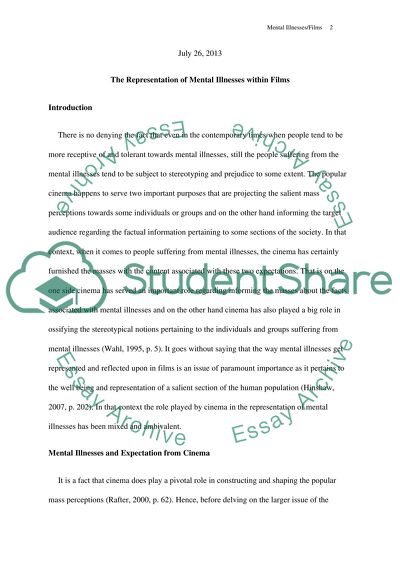Cite this document
(“The Representation of Mental Illness Within Film Dissertation”, n.d.)
The Representation of Mental Illness Within Film Dissertation. Retrieved from https://studentshare.org/visual-arts-film-studies/1482971-the-representation-of-mental-illness-within-film
The Representation of Mental Illness Within Film Dissertation. Retrieved from https://studentshare.org/visual-arts-film-studies/1482971-the-representation-of-mental-illness-within-film
(The Representation of Mental Illness Within Film Dissertation)
The Representation of Mental Illness Within Film Dissertation. https://studentshare.org/visual-arts-film-studies/1482971-the-representation-of-mental-illness-within-film.
The Representation of Mental Illness Within Film Dissertation. https://studentshare.org/visual-arts-film-studies/1482971-the-representation-of-mental-illness-within-film.
“The Representation of Mental Illness Within Film Dissertation”, n.d. https://studentshare.org/visual-arts-film-studies/1482971-the-representation-of-mental-illness-within-film.


